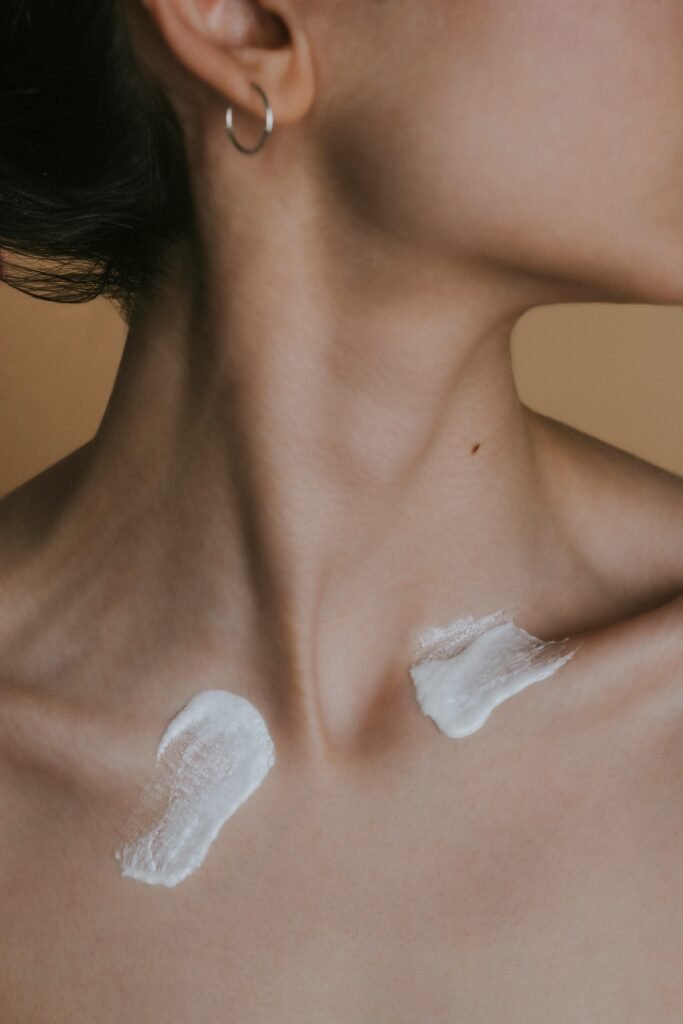Welcome to an article filled with valuable techniques to help you prevent damage and scratches on plastic surfaces. From everyday objects like phone screens to larger items like furniture or car interiors, maintaining the appearance of plastic surfaces can be a challenge. By implementing these essential techniques, you can prolong the life of your plastic items and keep them looking like new for longer. Learn how to properly clean, protect, and handle plastic surfaces to ensure they stay in top condition. Say goodbye to unsightly scratches with these easy-to-follow tips! Have you ever wondered how to prevent damage and scratches on plastic surfaces? Whether it’s protecting your phone screen, car interior, or household items, it’s essential to know the techniques to keep them looking good as new. In this article, we will explore some essential tips and tricks to help you avoid those unsightly scratches on your plastic surfaces.

This image is property of images.pexels.com.
Importance of Protecting Plastic Surfaces
Protecting plastic surfaces is crucial to maintain their appearance and functionality. Whether it’s your smartphone, laptop, or kitchen appliances, scratches and damage can not only affect the aesthetics but also reduce their lifespan. By taking preventive measures, you can keep your plastic surfaces looking pristine for a longer time.
Did you know that even minor scratches on plastic surfaces can weaken the material and make it more susceptible to further damage? By protecting them from scratches, you can ensure their longevity and durability.
Types of Plastic Surfaces
Before diving into the techniques to prevent damage and scratches, it’s essential to understand the different types of plastic surfaces. Not all plastics are created equal, and each type requires specific care and maintenance.
There are two main categories of plastic surfaces:
- Hard Plastic Surfaces: These are rigid and durable plastics commonly found in electronic devices, automotive interiors, and household appliances. Examples include polycarbonate, acrylic, and ABS plastic.
- Soft Plastic Surfaces: These are flexible plastics that are more prone to scratches and damage. Examples include PVC, vinyl, and polyethylene.
Understanding the type of plastic surface you are dealing with will help you choose the right protective measures to prevent damage and scratches effectively.
Hard Plastic Surfaces
Hard plastic surfaces are used in a wide range of applications due to their durability and strength. However, they are not impervious to scratches and damage. Here are some essential techniques to protect hard plastic surfaces:
Tip 1: Use a Microfiber Cloth: When cleaning hard plastic surfaces, always use a soft microfiber cloth to avoid scratching the material. Avoid using harsh abrasives or rough cloths that can damage the surface.
Tip 2: Apply a Protective Film: Consider applying a clear protective film to hard plastic surfaces that are prone to scratches, such as screens or display panels. These films provide an extra layer of protection without compromising visibility.
Tip 3: Avoid Using Harsh Chemicals: Harsh chemicals like ammonia-based cleaners can damage hard plastic surfaces. Opt for gentle cleaners specifically designed for plastic surfaces to prevent discoloration or deterioration.
Soft Plastic Surfaces
Soft plastic surfaces are more susceptible to scratches and damage due to their flexible nature. To protect these surfaces effectively, consider the following techniques:
Tip 1: Keep Sharp Objects Away: Avoid placing sharp objects near soft plastic surfaces to prevent accidental scratches. Be mindful of items like keys, pens, or utensils that can easily scratch the material.
Tip 2: Use a Protective Case or Cover: When it comes to soft plastic surfaces like phone cases or upholstery, using a protective case or cover can provide an additional layer of defense against scratches and damage.
Tip 3: Regularly Clean and Condition: Soft plastic surfaces like vinyl or leather require regular cleaning and conditioning to maintain their appearance and prevent cracking. Use a mild soap and water solution to clean the surface and apply a conditioner to keep it supple and resistant to scratches.

This image is property of images.pexels.com.
Common Causes of Scratches on Plastic Surfaces
Understanding the common causes of scratches on plastic surfaces can help you take preventive measures to avoid them. Here are some of the most common culprits:
-
Abrasive Materials: Sharp or abrasive materials like sand, metal objects, or rough cloths can scratch plastic surfaces easily. Avoid placing these items in direct contact with plastic surfaces.
-
Improper Cleaning Techniques: Using harsh chemicals, abrasive cleaners, or rough cloths can damage plastic surfaces. Always follow manufacturer guidelines for cleaning and maintenance.
-
Friction and Pressure: Excessive friction or pressure on plastic surfaces, such as dragging items across a surface or stacking heavy objects, can lead to scratches and damage over time.
-
Environmental Factors: Exposure to sunlight, extreme temperatures, or humidity can cause plastic surfaces to deteriorate and become more prone to scratches.
By being aware of these common causes, you can implement preventive measures to protect your plastic surfaces from scratches and damage effectively.
Essential Techniques to Prevent Damage and Scratches
Now that you understand the importance of protecting plastic surfaces and the common causes of scratches, let’s explore some essential techniques to prevent damage effectively.
Use Protective Coatings
Protective coatings are an excellent way to safeguard your plastic surfaces from scratches and damage. These coatings create a durable barrier that resists scratches, UV rays, and environmental factors. There are various types of protective coatings available, such as:
- Polymer Coatings: These coatings create a clear, hard layer on the surface that is scratch-resistant and durable.
- Nano Coatings: Nano coatings use nanotechnology to form a protective layer that repels water, dirt, and scratches effectively.
- Ceramic Coatings: Ceramic coatings provide a heat-resistant and scratch-resistant layer that enhances the durability of plastic surfaces.
Applying a protective coating to your plastic surfaces can significantly reduce the risk of scratches and damage, keeping them looking new for longer.
Regular Maintenance and Cleaning
Regular maintenance and cleaning are essential to prevent scratches and damage on plastic surfaces. Here are some tips for proper maintenance:
- Wipe Down Surfaces: Regularly wipe down plastic surfaces with a soft, damp cloth to remove dust, dirt, and debris that can cause scratches.
- Use Gentle Cleaners: Opt for mild soap and water solutions or cleaners specifically designed for plastic surfaces to avoid damaging the material.
- Avoid Abrasives: Refrain from using abrasive cleaners, rough cloths, or harsh chemicals that can scratch or deteriorate plastic surfaces.
- Apply Conditioner: For soft plastic surfaces like vinyl or leather, use a conditioner regularly to keep the material supple and resistant to scratches.
By incorporating regular maintenance into your cleaning routine, you can keep your plastic surfaces in top condition and prevent scratches effectively.
Preventative Measures
Preventative measures are proactive steps you can take to minimize the risk of scratches and damage on plastic surfaces. Here are some preventive techniques to consider:
- Use Furniture Pads: Place furniture pads under heavy objects to prevent them from scratching or damaging plastic surfaces.
- Handle with Care: Be mindful of how you handle plastic items to avoid accidental scratches or damage. Avoid dragging, dropping, or stacking items improperly.
- Store Properly: When not in use, store plastic items in a safe and secure location to prevent scratches, dust accumulation, or accidental damage.
- Protect During Transit: When transporting plastic items, use protective packaging or covers to prevent scratches and damage during transit.
Taking these preventative measures can significantly reduce the risk of scratches and damage on your plastic surfaces, extending their lifespan and keeping them looking new for longer.

This image is property of images.pexels.com.
Conclusion
In conclusion, preventing damage and scratches on plastic surfaces is essential to maintain their appearance and functionality. By understanding the types of plastic surfaces, common causes of scratches, and implementing essential techniques like protective coatings, regular maintenance, and preventative measures, you can keep your plastic surfaces looking pristine for years to come. Remember to handle plastic items with care, use gentle cleaning techniques, and invest in protective coatings to protect your plastic surfaces effectively. With these tips and tricks, you can enjoy scratch-free plastic surfaces that will last a lifetime.
